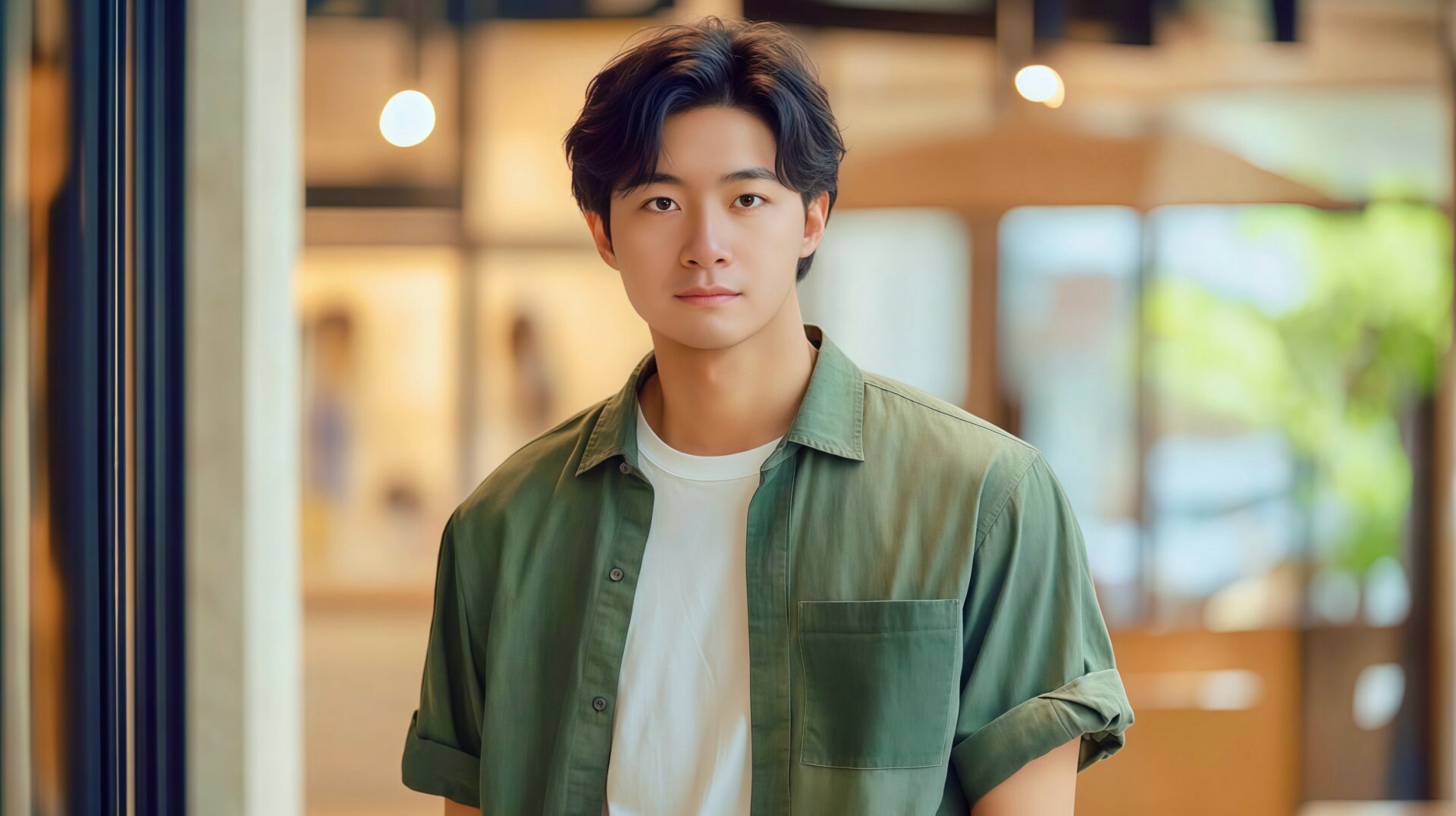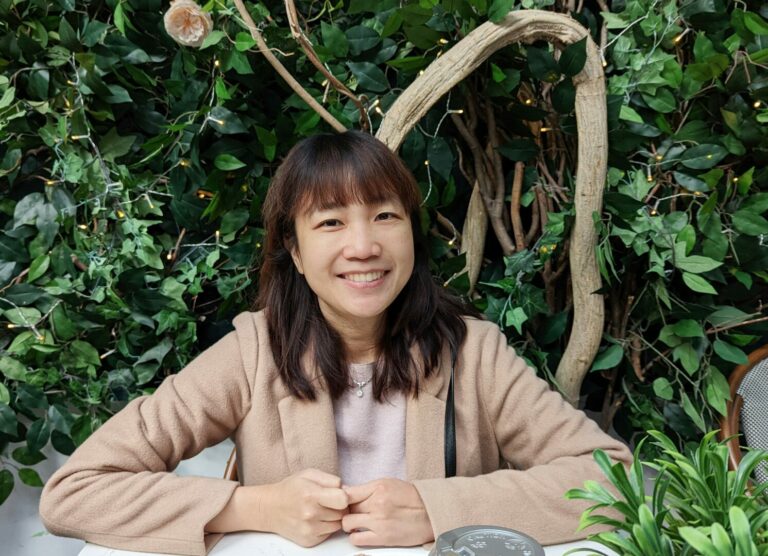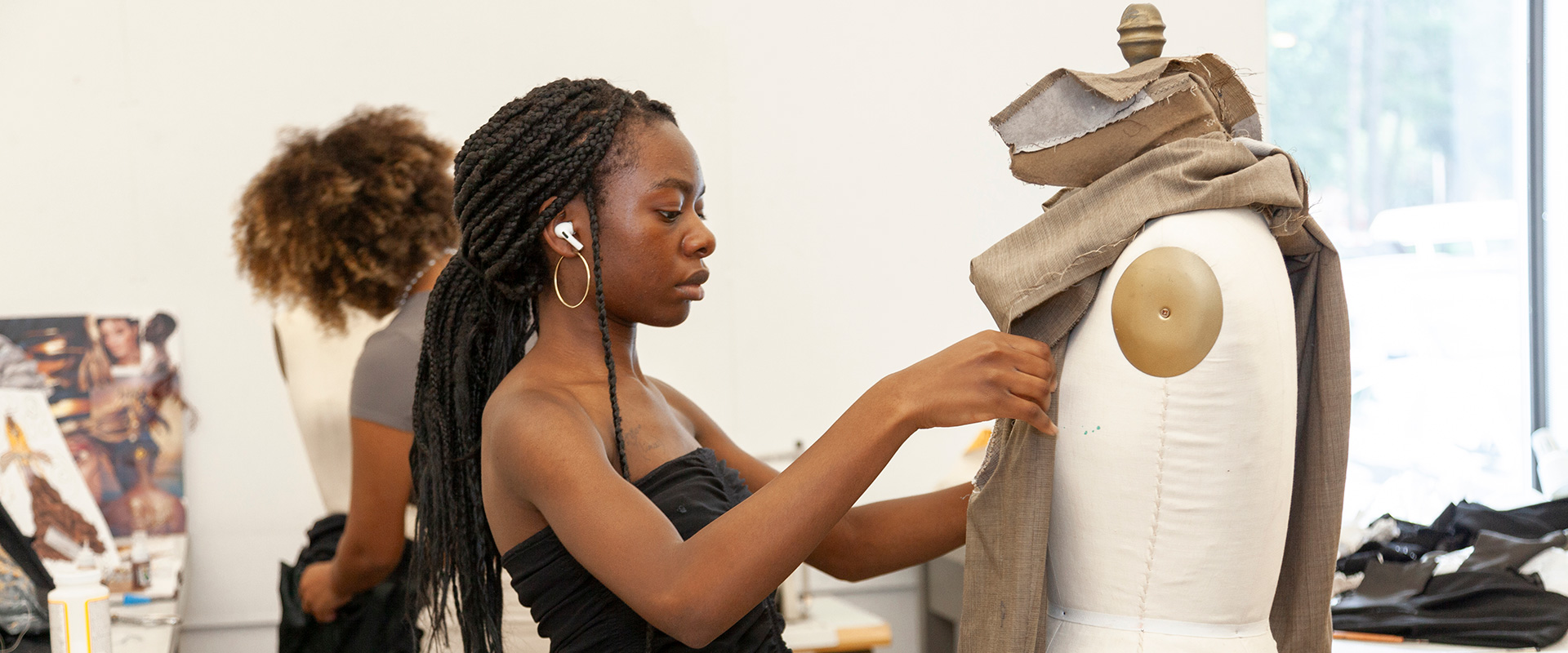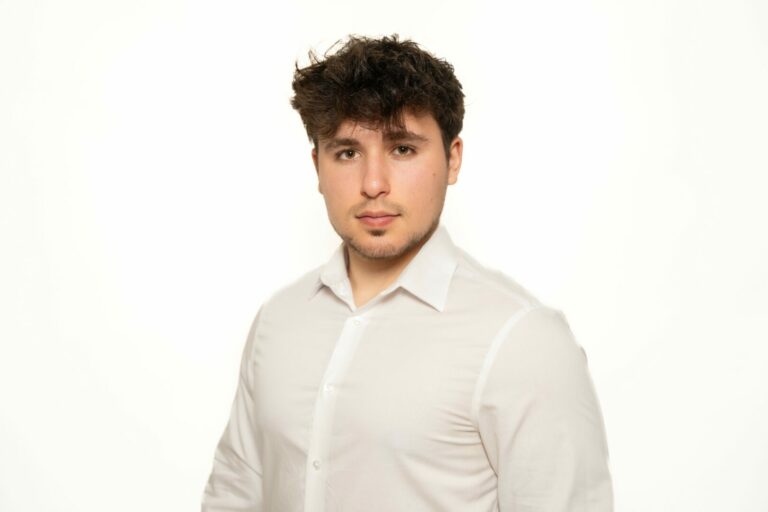We recently connected with Zeyu Liu and have shared our conversation below.
Hi Zeyu, appreciate you sitting with us today to share your wisdom with our readers. So, let’s start with resilience – where do you get your resilience from?
Resilience, for me, wasn’t something I was born with—it’s something I’ve slowly built over time by working through uncertainty and staying committed to making a real difference in the lives of others.
One of the moments that shaped this mindset came while working on an AI-assisted shared decision-making system for older adults with chronic illnesses. The project was designed to support communication between patients, doctors, and caregivers—but behind the technology were deeply human stories. One older cancer patient told me, “Thank you for doing this. I feel less alone.” Another woman, whose mother had recently passed, said, “I’m glad someone is working on this. It’s meaningful.”
Those moments made me realize that what I was building wasn’t just a product—it was a responsibility. I wasn’t a physician or policymaker. I was a researcher and designer, trying to make something that could offer dignity, clarity, and support to people in very vulnerable situations. As an international researcher working in a new cultural and professional environment, I often felt pressure to prove myself. There were moments when I questioned whether I was qualified or strong enough to carry that responsibility. But each time I sat down with someone and listened to their story, I reminded myself why the work mattered.
That’s where my resilience comes from: a belief that user experience can be designed and that digital or spatial systems can reflect empathy and humanity. I’ve continued to apply this mindset in all my projects, from developing healthcare tools to designing intergenerational wellness spaces. Resilience, to me, isn’t about being unshakable. It’s about staying open, listening deeply, and showing up with purpose, again and again.
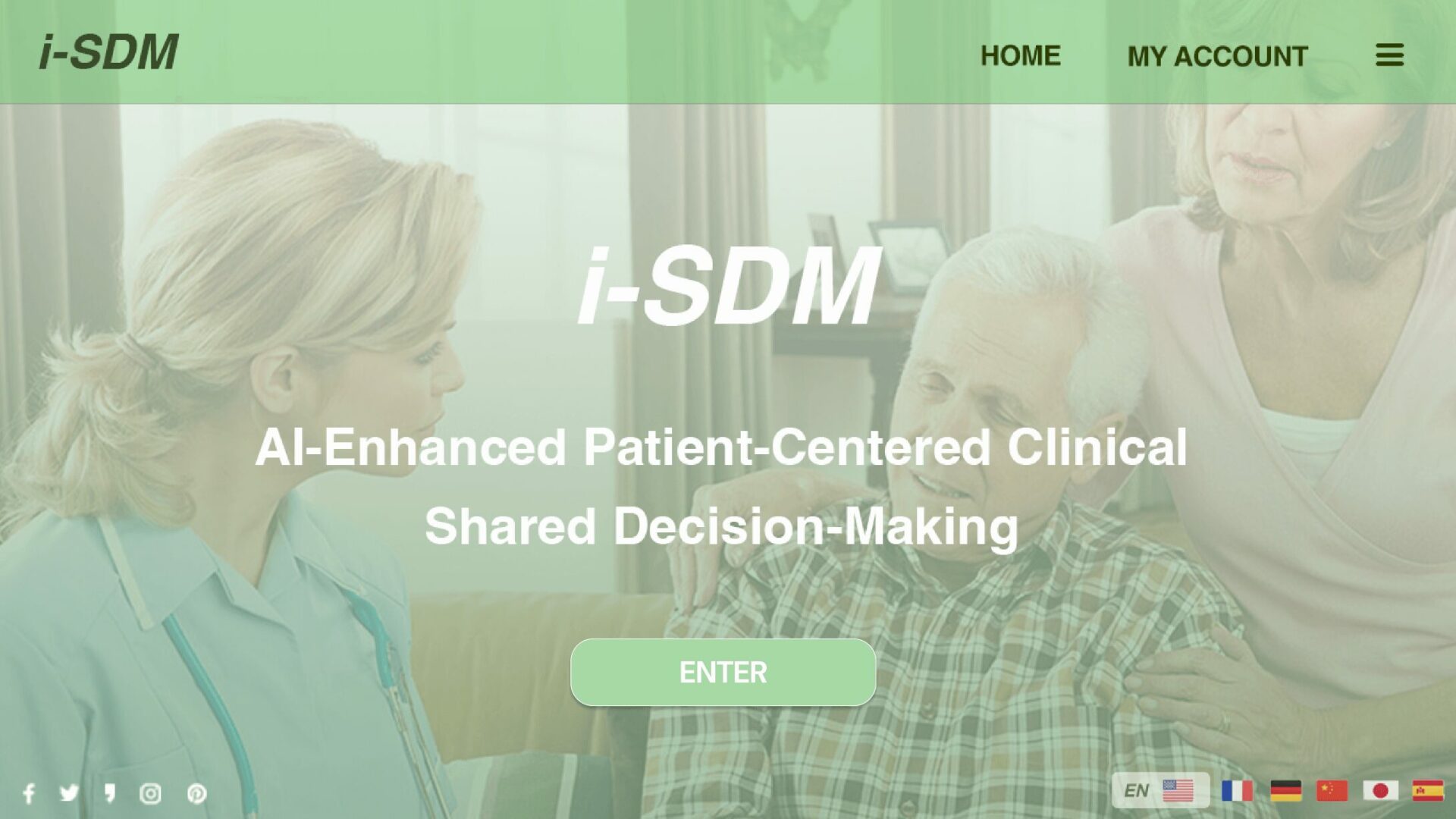
Great, so let’s take a few minutes and cover your story. What should folks know about you and what you do?
I’m an aging researcher and human-centered designer dedicated to improving how older adults experience healthcare and daily life. My work sits at the intersection of research and real-world application. Everything I create is grounded in the lived experiences of older adults and shaped through close collaboration with patients, caregivers, and healthcare professionals.
What excites me most is the opportunity to rethink systems that have often overlooked aging populations’ emotional and cognitive needs. Whether helping someone manage their medications with dignity or designing a wellness space that fosters intergenerational connection, I see design as a powerful tool to build empathy, clarity, and trust into the structures we all rely on.
Currently, I’m working on several projects aligned with this mission. One is an AI-assisted shared decision-making system that helps older cancer patients navigate complex medical conversations with more confidence and support. Another is HOPES, a home-based medication support program for older adults with cognitive decline, now being piloted in collaboration with healthcare providers. I’m also developing The Living Thread, an intergenerational wellness center designed to spark memory and connection between older adults and children through light, play, and shared storytelling.
Across all these efforts, what matters most to me is creating work that listens profoundly and responds meaningfully. I want people—especially older adults—to feel supported and truly understood. Looking ahead, I’m focused on expanding these efforts through interdisciplinary partnerships and exploring new ways to bring human-centered aging design into communities, homes, and healthcare systems worldwide.
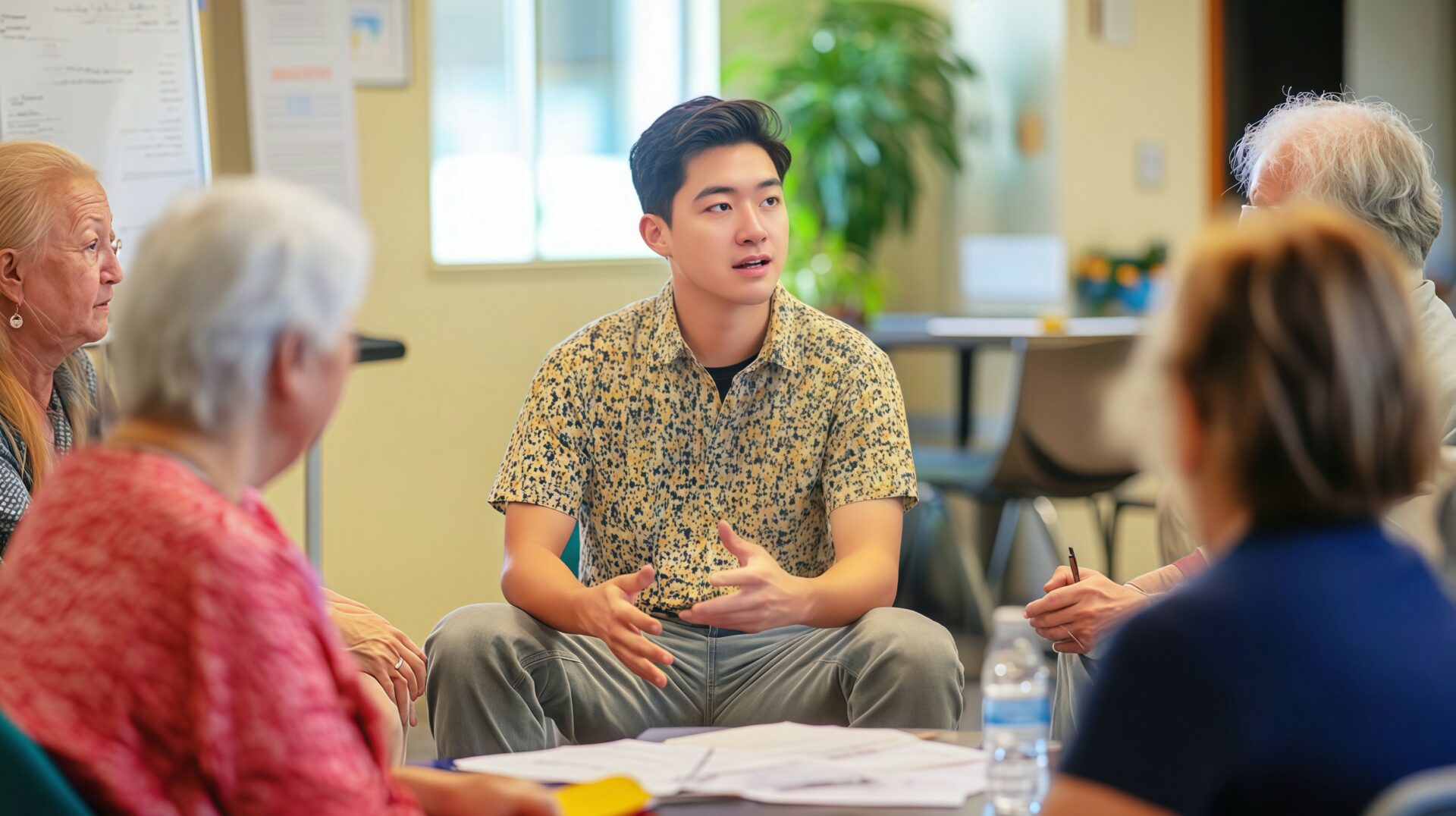
There is so much advice out there about all the different skills and qualities folks need to develop in order to succeed in today’s highly competitive environment and often it can feel overwhelming. So, if we had to break it down to just the three that matter most, which three skills or qualities would you focus on?
Looking back, three qualities have shaped my journey more than anything else: deep listening, the ability to bridge research with real-life application, and emotional awareness.
1. Deep Listening
Listening is at the core of everything I do. Whether I’m interviewing an older adult about their medication routine or sitting with a caregiver who feels overwhelmed, I’ve learned that people will tell you what matters—if you create the space and truly listen. It’s not just about collecting insights but also about noticing what’s unsaid, what’s emotionally charged, and what really needs to be addressed. For anyone early in their journey, I’d say: focus less on having the “right” idea and more on building trust. Good design—and meaningful research—begins with humility and presence.
2. Bridging Research and Real-Life Application
One of my biggest lessons is how to turn knowledge into action. I’ve worked on projects where we didn’t stop at analysis—we built things, tested them in homes, adjusted based on feedback, and tried again. For example, in the HOPES project, we deliver pill organizers and coaching support directly to older adults at home. In the intergenerational wellness center, we’re designing physical spaces based on memory, light, and interaction. In all these, the challenge is not just understanding what people need but finding ways to deliver it in ways they’ll actually use and value. For those just starting: don’t be afraid to leave the whiteboard. Test your ideas. Talk to real people. Make it real.
3. Emotional Awareness
Working with older adults, especially in healthcare, has taught me that emotion is never separate from decision-making. Fear, trust, loss, and hope are not side issues; they are the context for every choice people make. I’ve had interviews where someone cried or paused for a long time before answering. People’ve also said, “This conversation helped me feel heard.” I take that seriously. Emotional awareness allows you to design not just usable systems but meaningful ones. My advice: don’t overlook the small human details. They’re often the most important.
These three qualities didn’t come from a single course or workshop. They came from showing up, facing complexity, and caring even when things didn’t work the first time. They’ve helped me bring ideas to life—not in isolation, but in collaboration with the people they’re meant to serve.
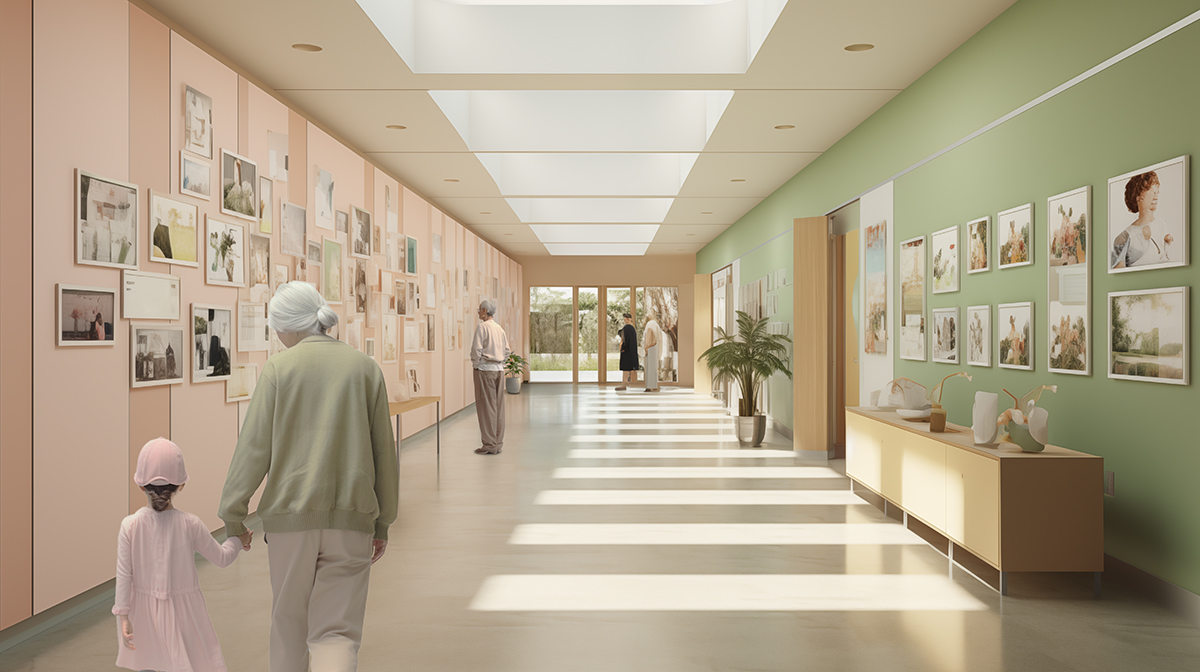
All the wisdom you’ve shared today is sincerely appreciated. Before we go, can you tell us about the main challenge you are currently facing?
One of the biggest challenges I’m facing right now is finding ways to sustain and scale socially impactful design work in environments that aren’t always built to support it, especially as an international early-career researcher and designer.
Many projects I’ve worked on, such as home-based medication support for older adults or intergenerational wellness spaces, address critical needs but don’t always fit neatly into traditional funding or startup models. These aren’t high-revenue products or quick tech wins. They require trust-building, iteration, and long-term collaboration with healthcare teams, caregivers, and communities. Doing that kind of work is hard, especially while navigating visa limitations and without institutional funding.
But I believe in the work too much to walk away from it. So, I’ve been learning how to build new paths. I’ve applied to interdisciplinary innovation grants, formed partnerships with clinicians and public health organizations, and connected with other immigrant designers who are also building from the ground up. I’m also exploring ways to structure some of this work into a hybrid research-practice studio that can offer both applied services and community benefits.
It’s a slow process, but it’s taught me a lot: how to be resourceful, pitch human-centered projects to non-design audiences, and hold onto values even when the infrastructure isn’t quite there yet. I still believe that design can change lives when done with care and integrity. I’m committed to finding ways to make that kind of design work meaningful and sustainable.
Contact Info:
- Website: https://zeyuliu15463.com/
- Linkedin: https://www.linkedin.com/in/zeyuliu15463/
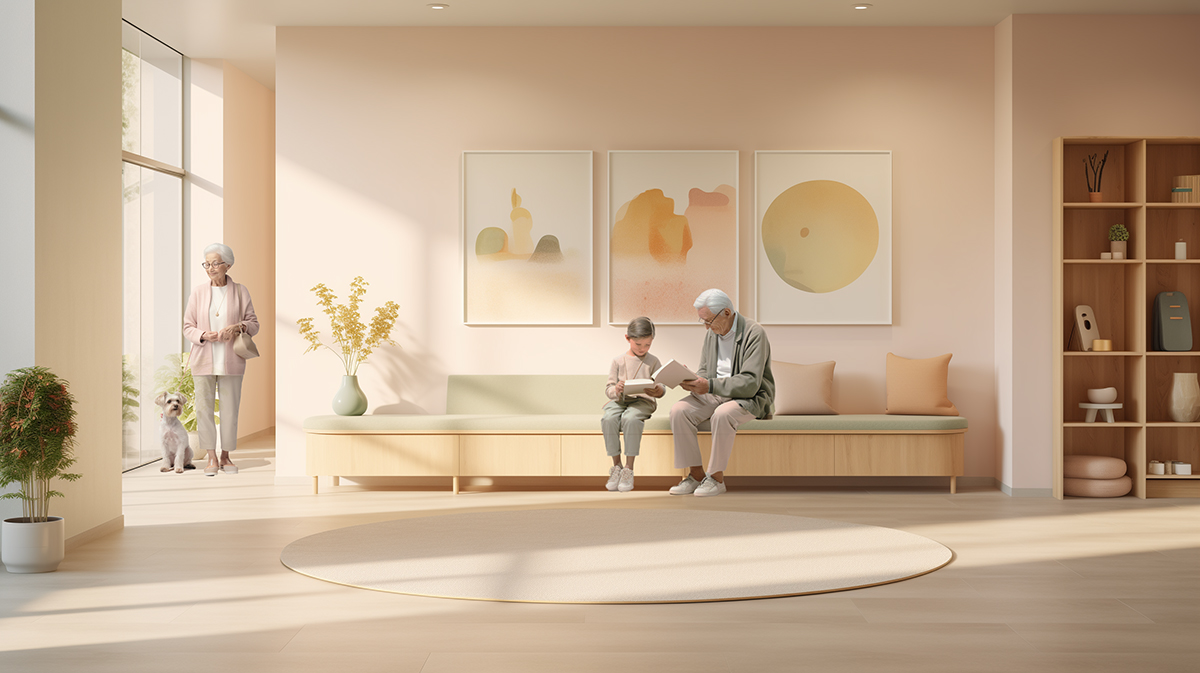
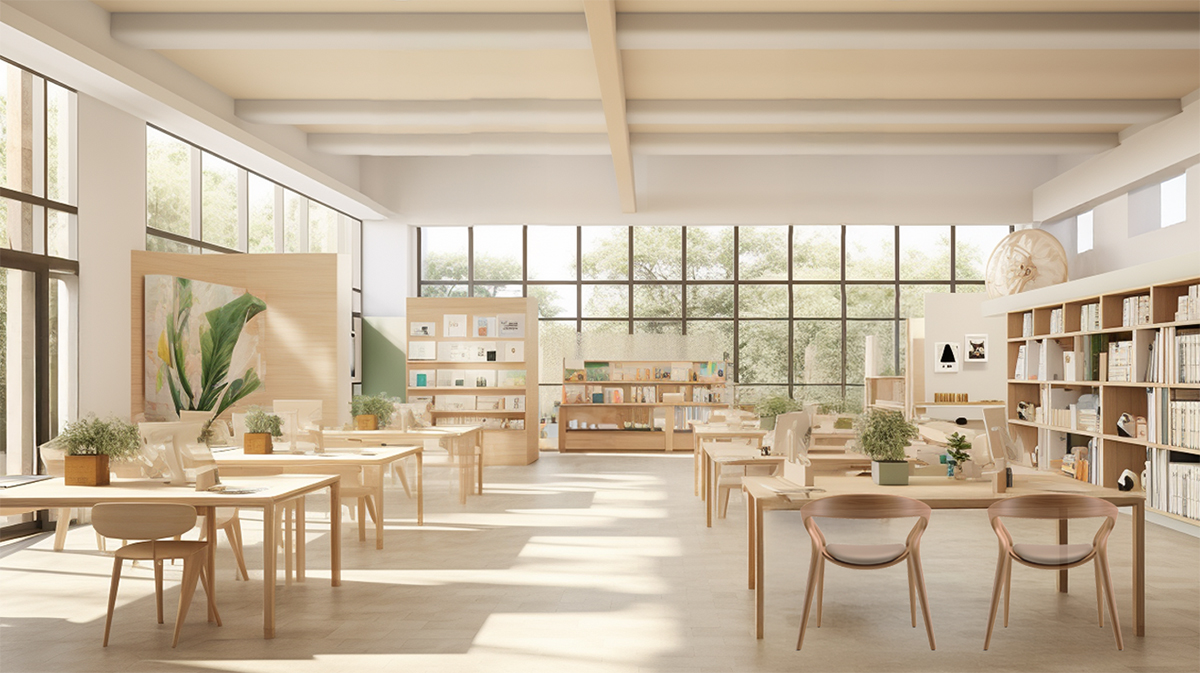
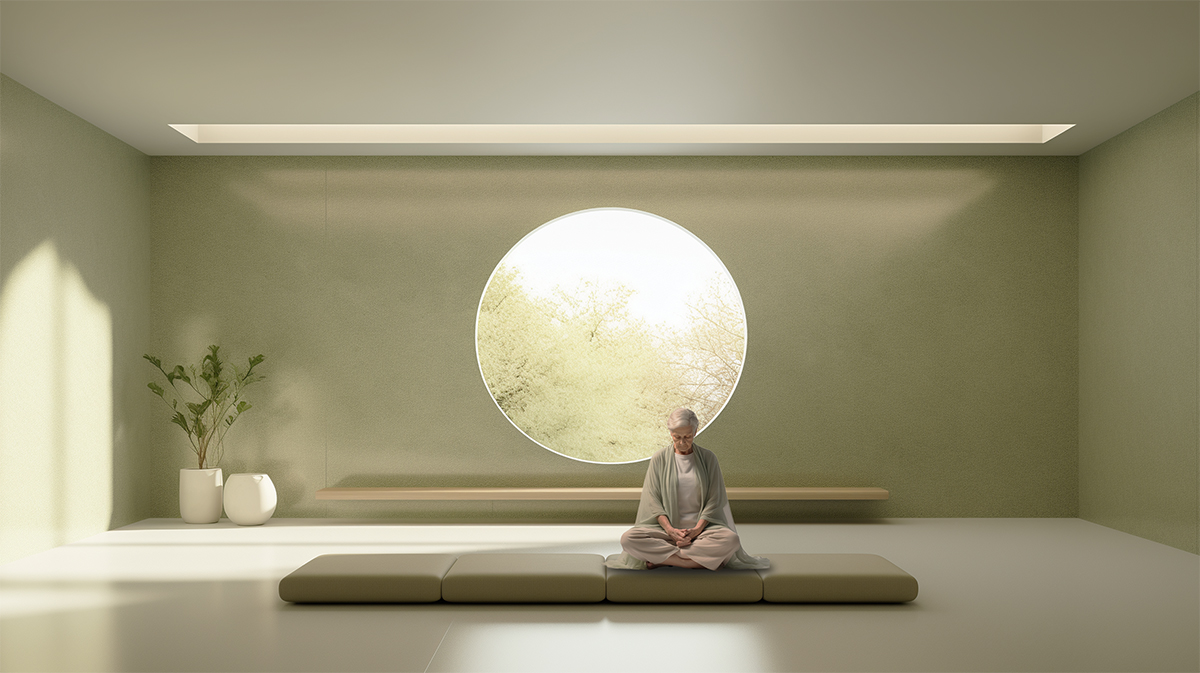
Image Credits
Zeyu Liu’s Design Work
so if you or someone you know deserves recognition please let us know here.

